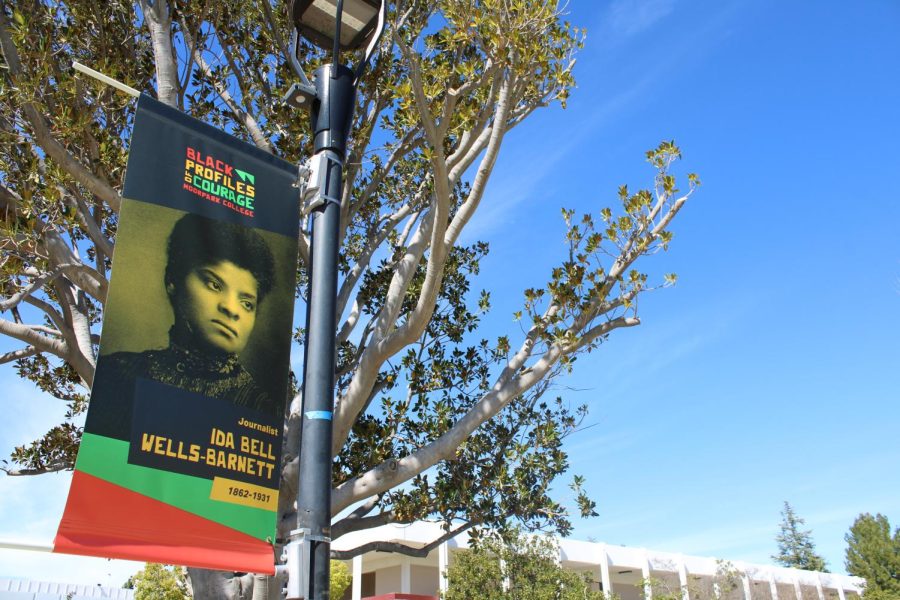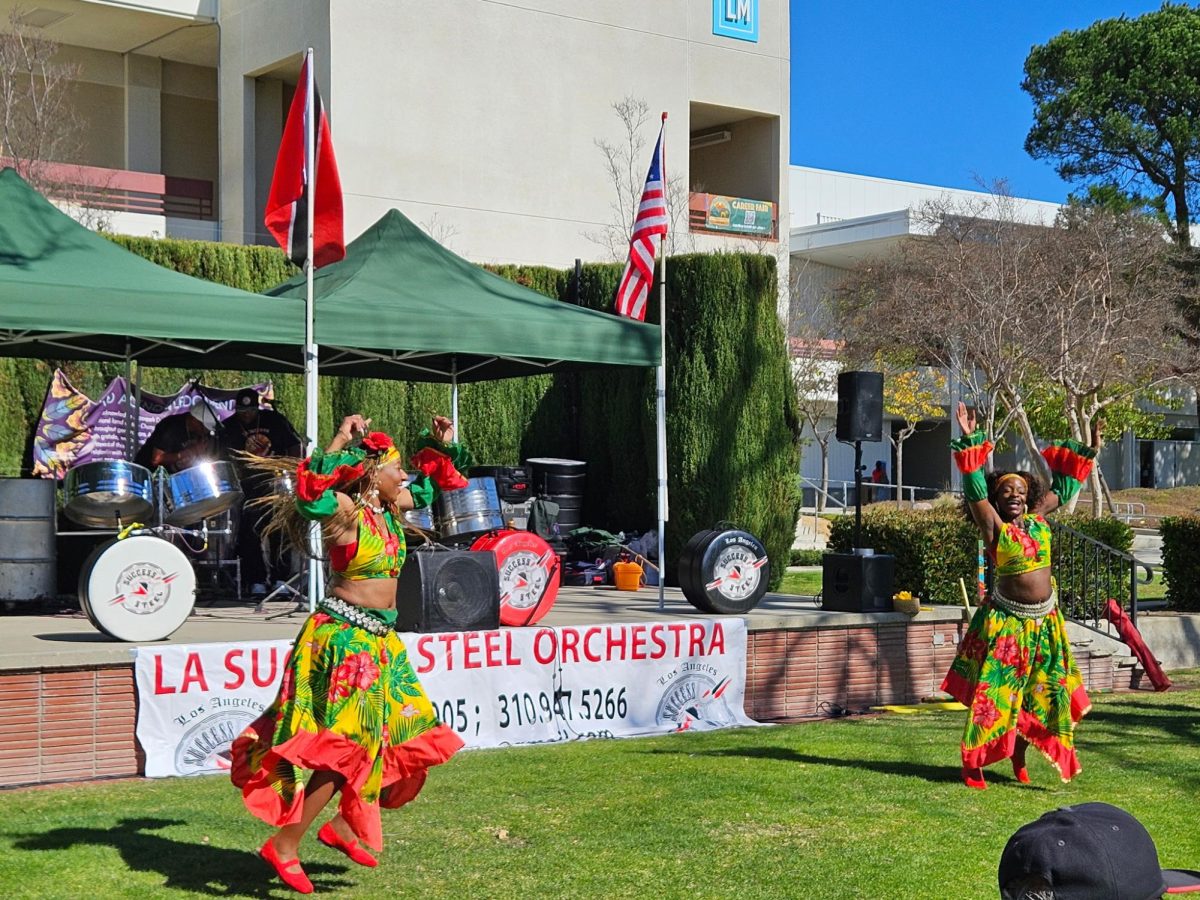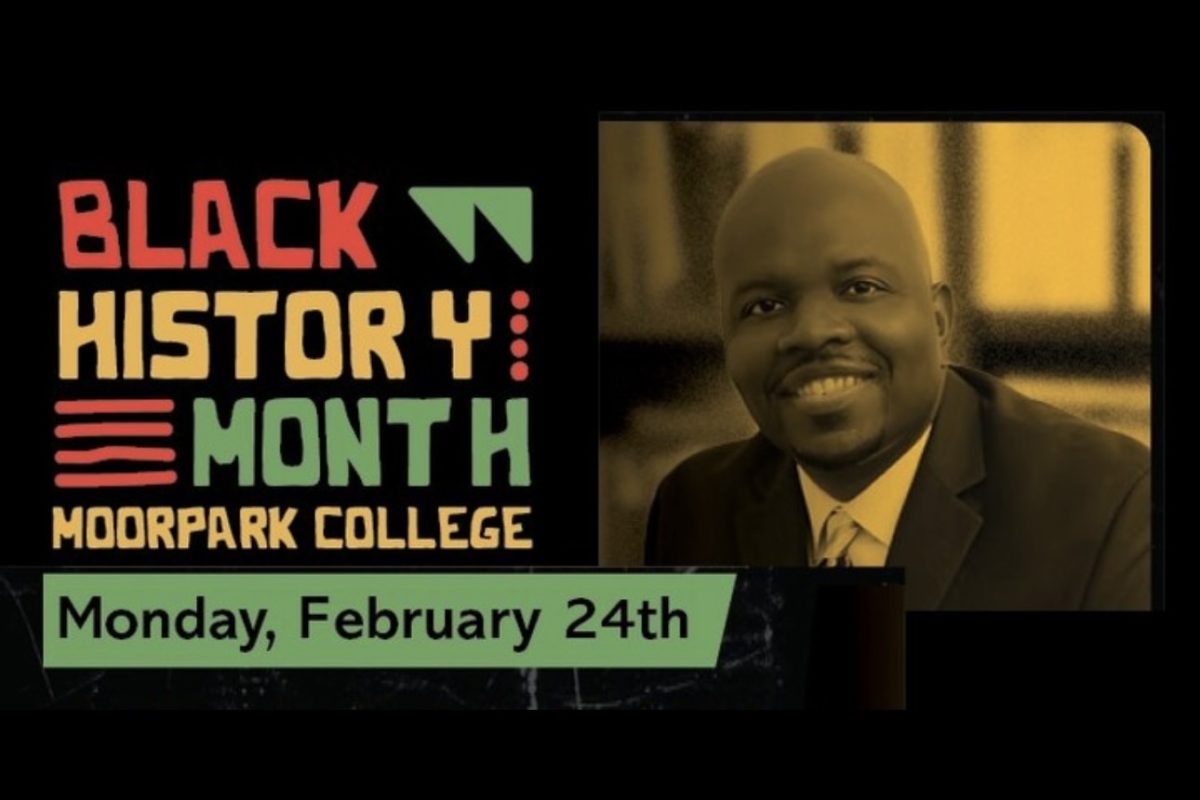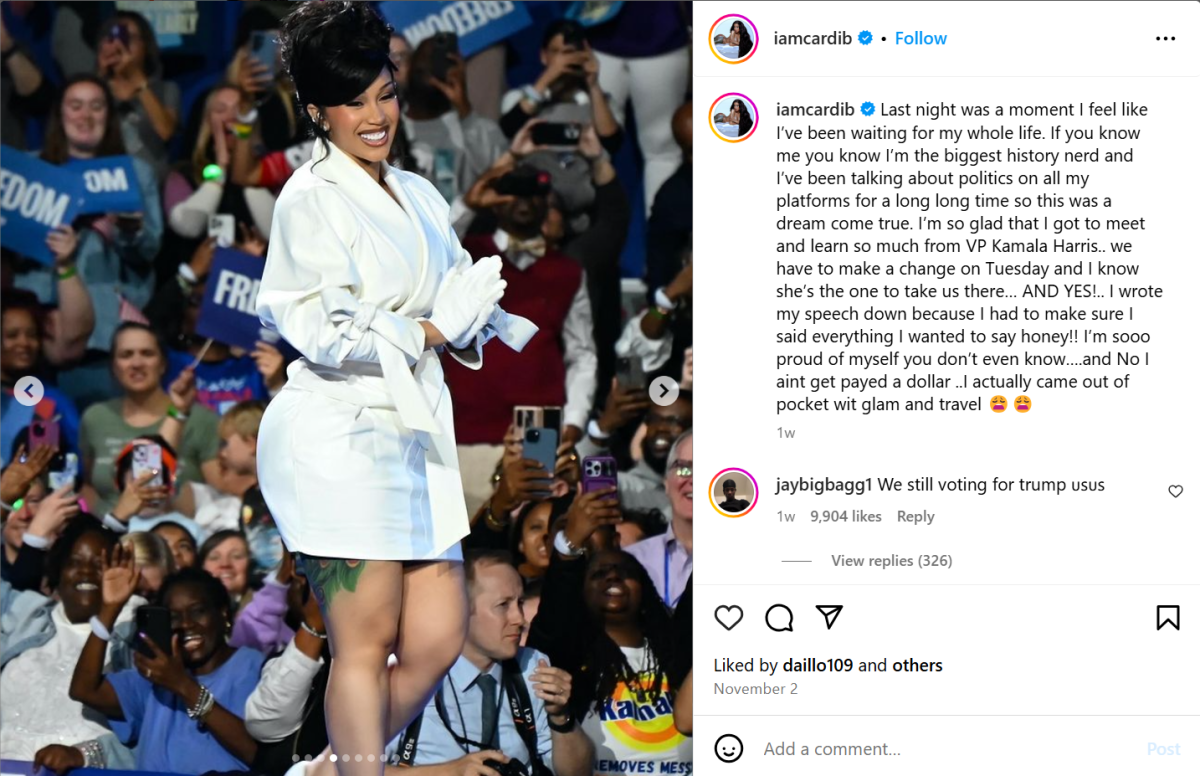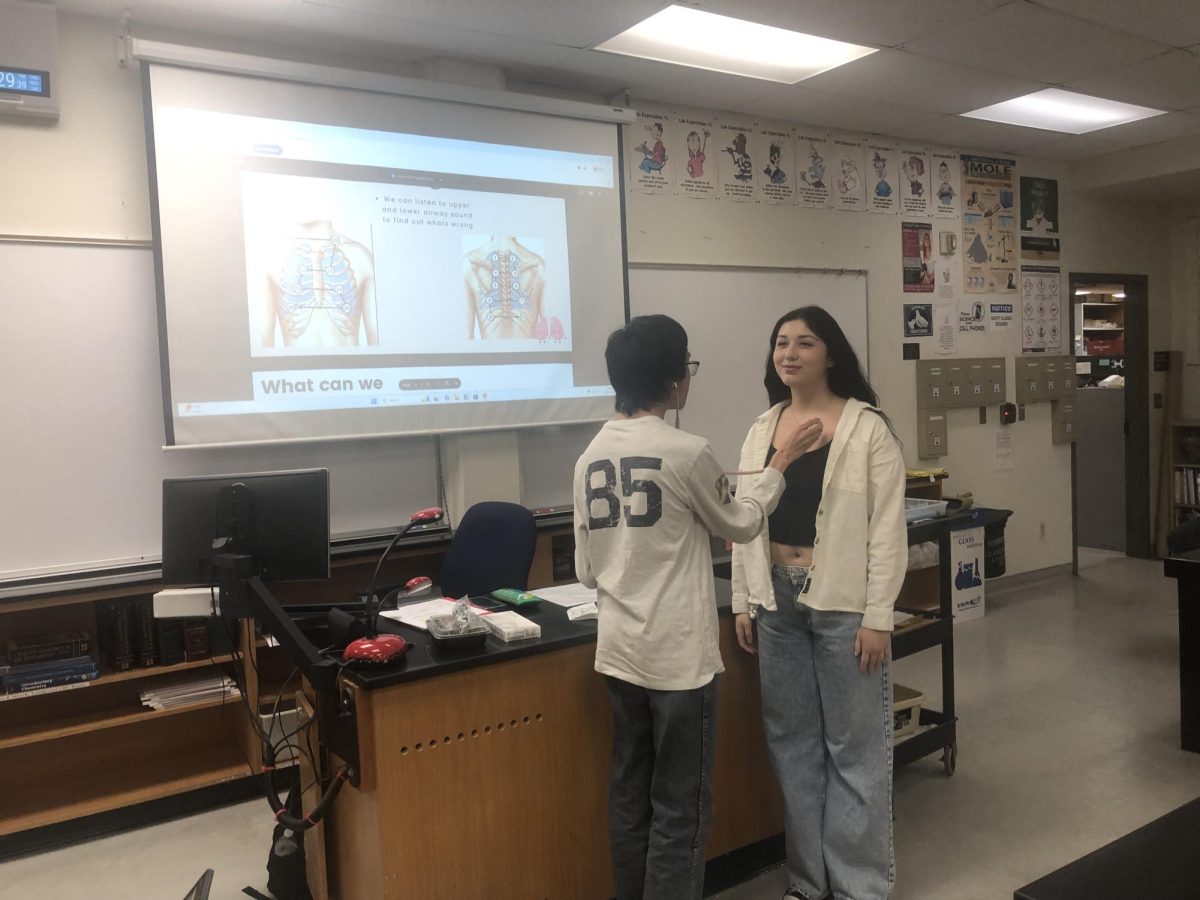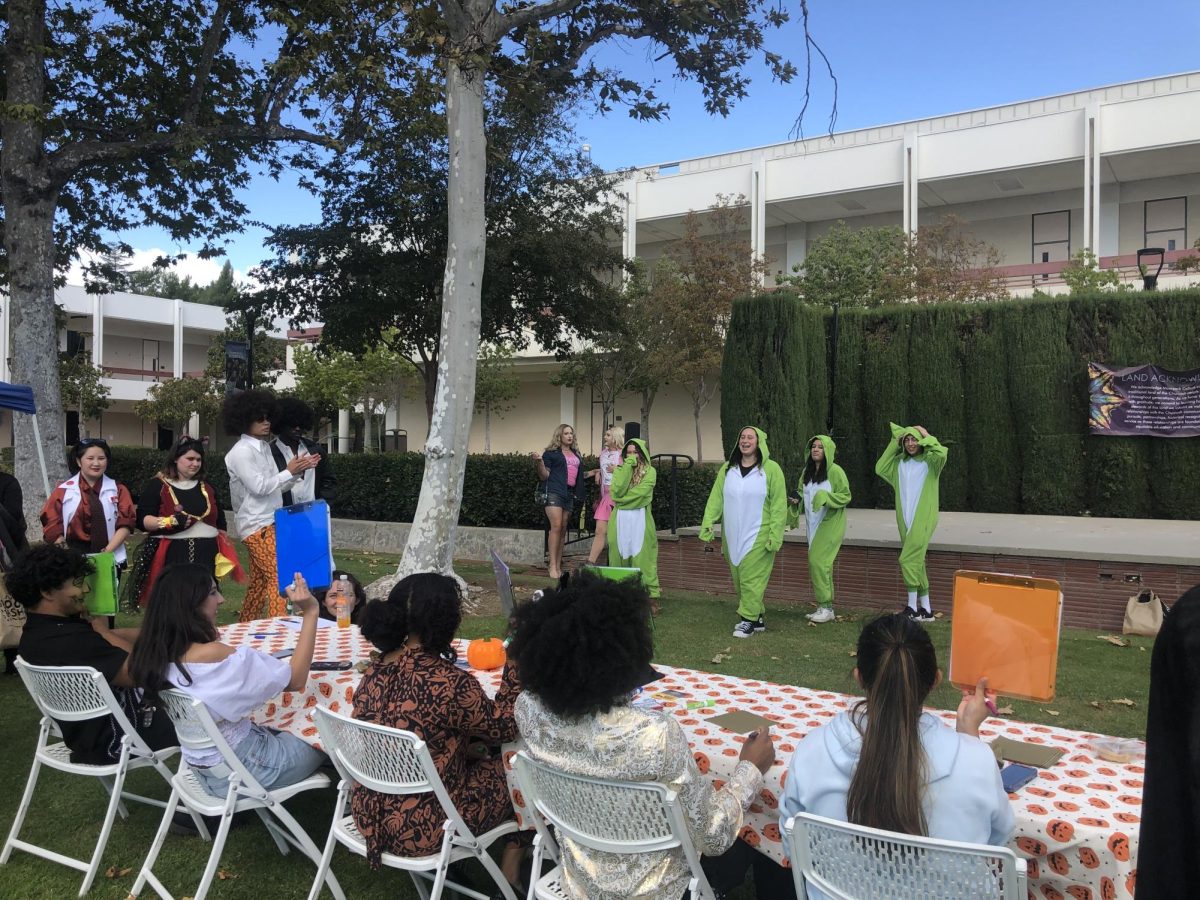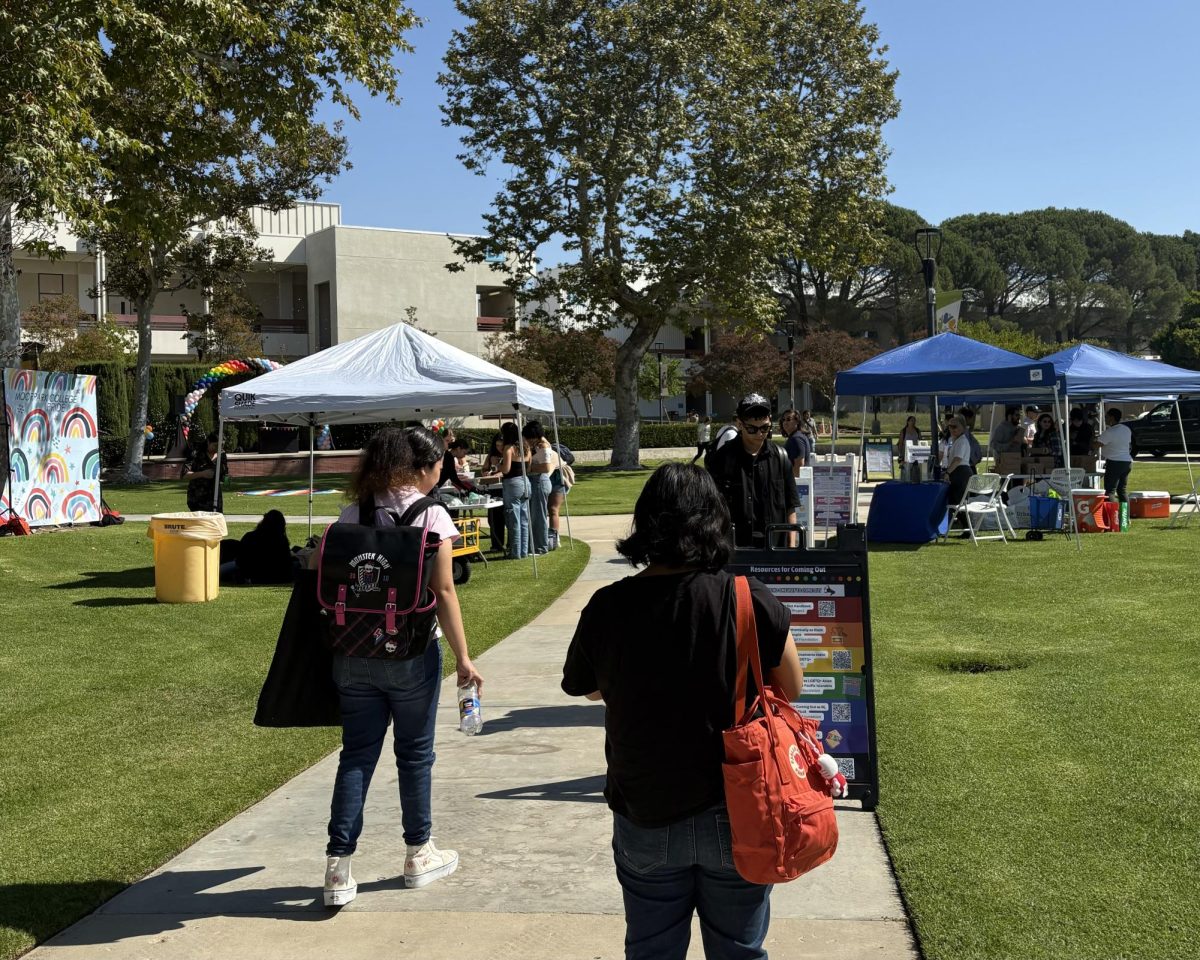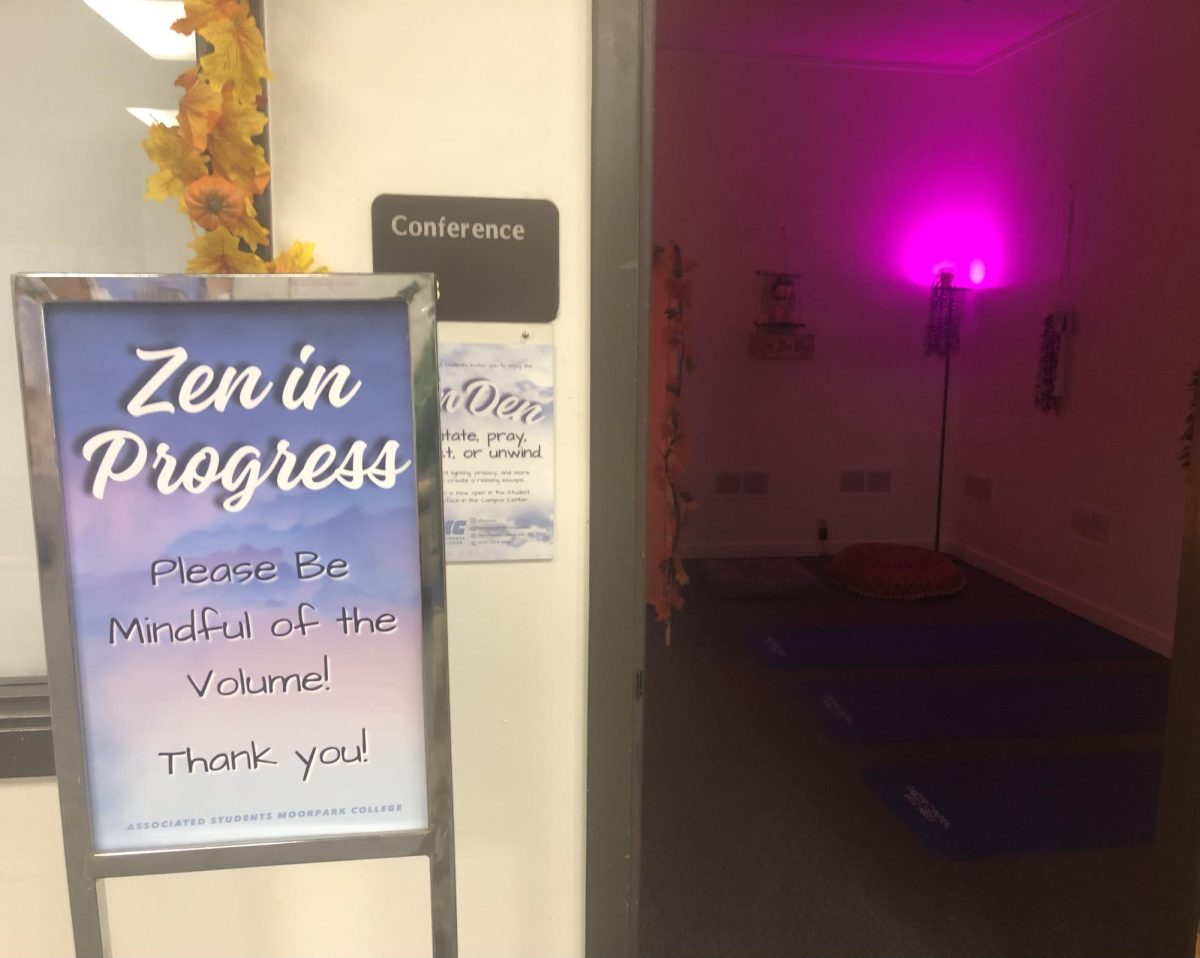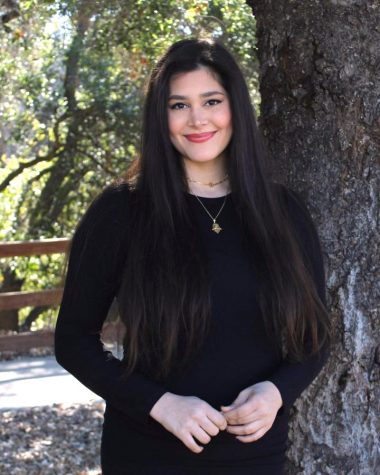In honor of Black History Month, Moorpark College held a webinar titled “Student Voices: The Harlem Renaissance and the ‘New Negro Aesthetic.'”
The event was hosted on Feb. 22 by Moorpark College’s Diversity, Equity and Inclusion Coordinator Tamarra Coleman. The session showcased a variety of presentations including students from Coleman’s English literature class reading poems written during the Harlem Renaissance by proclaimed philosophers such as Countee Cullen and Langston Hughes.
The event also highlighted another prominent figure of the Harlem Renaissance: Alain Locke, philosopher and author of “The New Negro.”
In the webinar, Coleman shared a video that explained how the Harlem Renaissance was a major turning point for the African American community in regards to their cultural history. Not only did the Harlem Renaissance help Black artists and writers gain control of their representation but it also allowed for them to have a more significant standing in Western culture.
Following the video, three students in Coleman’s class shared presentations on three leading literary figures of the Harlem Renaissance: Locke, Cullen and Hughes.
After the presentation, Coleman asked the class to voice their thoughts on the “New Negro” Movement and how Locke’s work influenced the mindsets of the movement.
Moorpark College student Justin Otchis responded to Coleman’s prompt.
“The ‘New Negro’ was a progressive mindset to not submit and bow down to the racist laws at the time,” Otchis said. “It is supposed to promote self-dignity and self-expression; being proud of who you are and your history.”
Coleman furthered the conversation by remarking on how the “Old Negro” was a myth and historical fiction. She described it as the defining of African Americans by individuals who were not Black.
Coleman continued to speak about the literary and artistic influences that defined the Harlem Renaissance.
“Alain Locke expresses moving forward from Reconstruction and that historical period that defined and created caricatures of black people rather than real individuals expressing themselves,” said Coleman. “This artistic period of writing, music and culture was a way of people having their own agency, self-respect and race pride.”
Following the conversation, Coleman’s students were selected to read poems written by Countee Cullen and Langston Hughes and speak about the metaphors in the authors’ pieces.
The last part of the session featured a Q&A session during which Moorpark College’s professor of African American history, Ranford Hopkins, posed questions to Coleman and her students about whether they saw social and economic factors in the two writers’ poems.
Moorpark College student Kellani Hong spoke on how the class distinction shined through the poets’ pieces.
“The way that they wrote seemed to put it apart because you can tell one sounded formal while the other was an idiolect that reflected their class and pride towards their race,” said Hong
Coleman ended the session with a powerful paragraph from Alain Locke’s anthology, “The New Negro.” This passage mentioned how the hope, optimism and mindset of new opportunity were exuded during the Harlem Renaissance.
“The Negro mind reaches out as yet to nothing but American wants, American ideas,” remarked Locke. “So the choice is not between one way for the Negro and another way for the rest, but between American institutions frustrated on the one hand and American ideals progressively fulfilled and realized on the other.”
More information and recordings of past Black History Month events can be found here.

